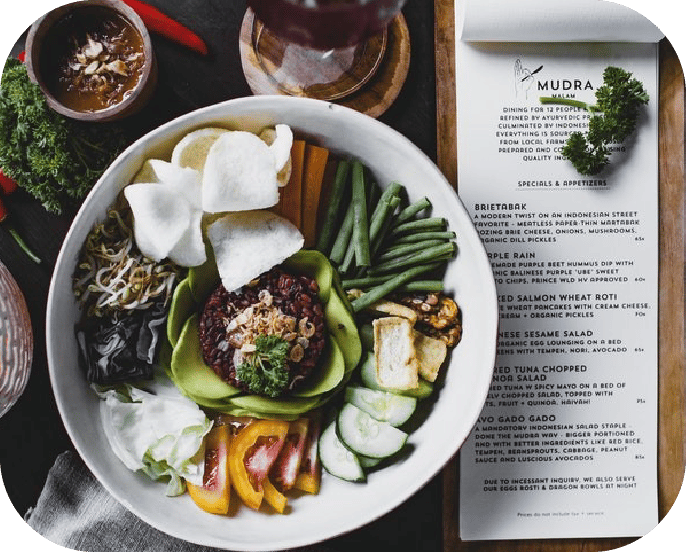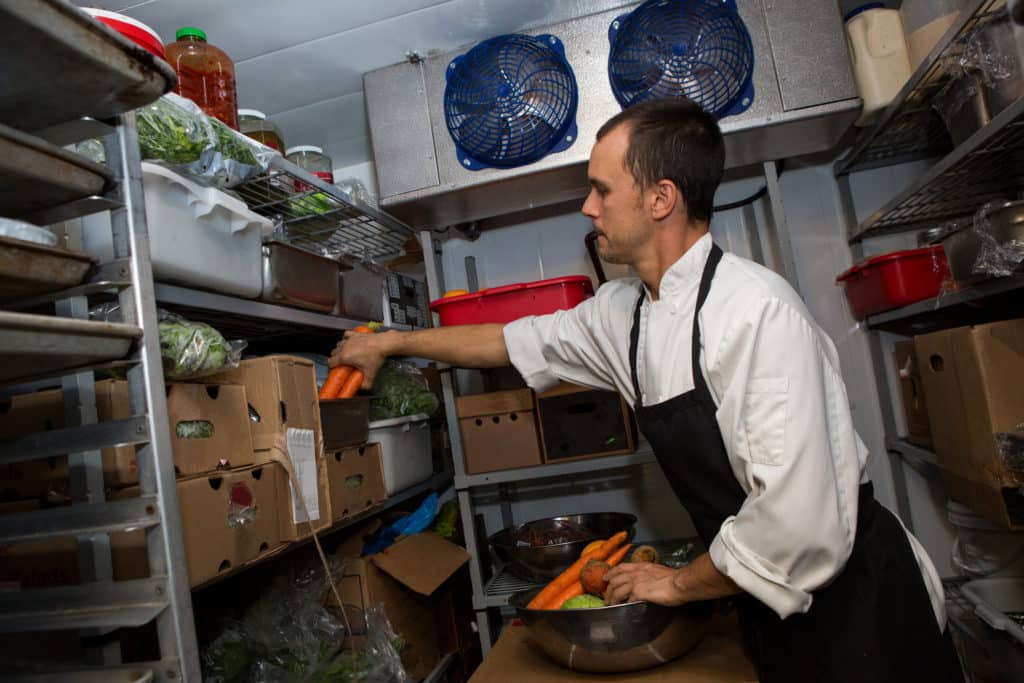This article appeared in Franchise Times.
“This allows us to close the books faster at the end of a given period because we’ve been keeping up with them daily,” said Bill Valentas, chief financial officer at Freddy’s Frozen Custard & Steakburgers. “Every day that we can accelerate a close process gives our operators more time to look at their numbers and understand where they can make improvements.”
In this column last summer, I discussed the need for accounting help to manage the many ordering platforms hitting the market and some tools that make the confluence of traditional and digital ordering options easier to navigate.
A year later, there are even more digital ordering options. As the frequency of those product debuts continues to grow, more tools are available to help solve these issues of digital optionality and scale.
For anyone still thinking delivery and digital ordering will slow down, it’s just not happening. DoorDash reported that it reached the highest frequency of orders among active diners ever: Transactions grew by 27 percent year over year, even accelerating over the 23 percent growth in the first quarter of 2022.
It’s not just delivery. In a new consumer survey from Deloitte, 40 percent of consumers now prefer to order via app or a restaurant’s website. That’s even as traditional ordering continues to grow at quick-service restaurants. Full-service dining, however, is trending down, meaning there’s even more need to watch costs and keep a close eye on restaurant-level metrics.
Whether a restaurant business has good problems like lots of orders or challenges like slowing traffic, accounting technology creators keep responding with evolving tools and systems.
Meet some of the players
On the digital ordering front, ItsaCheckmate launched a tool last year to reconcile the mess of transactions that come out of third-party ordering channels. It was, however, exclusive to customers that were fully integrated into the platform. This year, the company is releasing the tool, dubbed Reconcile, to anyone who wants to pay for it. Founder and CEO Vishal Agarwal said it worked well for those customers, but was a heavy lift.
“Although it was highly beneficial, it required significant changes to existing accounting practices,” Agarwal said in an interview with Food On Demand, a sibling publication to Franchise Times. “Taking this into account, we developed a streamlined version called Reconcile, which focuses on resolving the primary issue faced by all restaurant accounting teams. We have eliminated the time wasted on collecting, adjusting and presenting consolidated third-party operating statements.”
The updated version plugs into any accounting process or systems, and eliminates the drudgery of finding, confirming and calculating all those disparate orders. Any ground-level accountant that doesn’t have the benefit of an intern can get an organized collection of third-party platform statements.
In other big accounting news, Restaurant365, which bills itself as an all-in-one restaurant management platform, recently attracted $135 million in funding to “bridge the gap between accounting and operations by centralizing all data.” At the core of the platform is an accounting tool that promises to be flexible and user friendly. Reviews are pretty good, with some caveats about bugs in the relatively new software (the company was founded in 2011, but went through transformative mergers in 2021 to become what it is today).
For those with growing sales and those with lagging sales, the user-friendly nature empowers restaurant-level and regional managers to dig into the profit and loss statements as easily as a daily metric dashboard. But because the source of truth is the P&L, leaders don’t have to bounce between their digital order dashboard, the restaurant point of sale and however many other channels to get a sense of what is going on. That allows for better decisions around inventory and labor versus a reliance on gut feelings. The system also promises to connect to vendors digitally so when traffic slows or accelerates, someone in or near the restaurant can easily turn dials and avoid wasteful orders or running out of buns.
“This allows us to close the books faster at the end of a given period because we’ve been keeping up with them daily,” said Bill Valentas, chief financial officer at Freddy’s Frozen Custard & Steakburgers. “Every day that we can accelerate a close process gives our operators more time to look at their numbers and understand where they can make improvements.”
Dave’s Hot Chicken also uses the Restaurant365 platform. Company leadership noted the ability to “fully automate bank reconciliation, accounts payable and payroll processes.”
Accounting was one of the first parts of business to see automation, and more connections to all levels of the accounting process means rote tasks continue to get easier or become completely automated.
The dreary accounts reconciliation end of accounting is one place getting a lot of attention. MarginEdge, a data-efficiency company founded by some restaurant owners in 2015, just released a tool called “ finance” to automate away all sorts of data entry and disparate data. The tool promises to automate invoice processing, vendor payments and tracking to keep an eye on vendor credits at one location or across multiple units.
This is another tool that falls on the line between in-restaurant leaders and regional or district managers, a line that is seeing a lot of innovation as restaurant owners try to both free up restaurant-level managers to do the human work and also automate away some corporate office busywork.
The explosion of connectivity over the past several years has made this all possible. Now almost every tool across the wide restaurant technology landscape has at least some kind of limited integration. That means data can flow to these new and evolving tools easier than it could before.
ItsaCheckmate can plug into just about any accounting process. Restaurant365 can sit between points of sale and accounting platforms. And the new tool from MarginEdge boasts connection to more than 55,000 restaurant vendors to handle all the invoicing busywork.
These tools represent only a sliver of what’s happening in the accounting space, and as efficiencies are found, more tools will pop up to solve problems large and niche. While it’s becoming a bit trite to say at this point in the restaurant-technology explosion, owners looking to use these new tools need to keep in mind how easily everything plugs together. There is simply no room on the restaurant counter, in the kitchen or in the manager’s office for disparate technology anymore.



